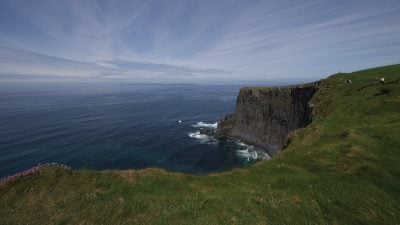Home / UK & Europe / Germany / Let Munich Captivate You on a …
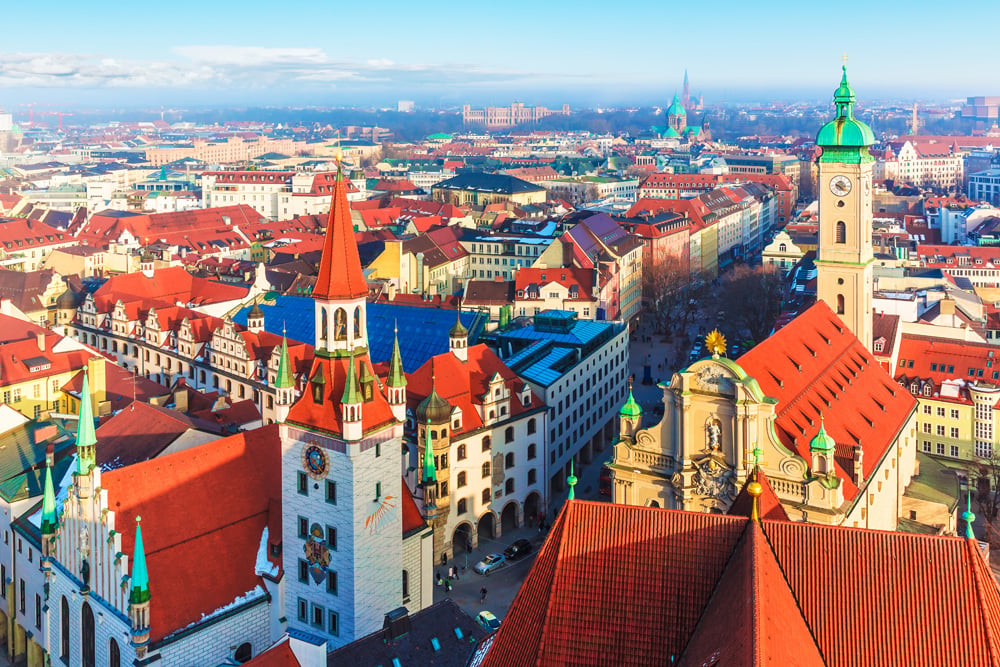
Let Munich Captivate You on a Germany Vacation
Munich is a city which has not changed very much over time. As you’ll discover, on your Germany vacation, it has retained its traditional Bavarian character – truly a charming experience.
Munich is Germany’s third largest city after Berlin and Hamburg. However, whereas Berlin is a progressive and cosmopolitan city and Hamburg has a gritty northern European edge to it, Munich is a much more traditional and sedate metropolis. My impression on a visit here was of a city which shows off its historical charm through its broad elegant avenues and beautiful and outstanding architecture which, for the most part, either has withstood the effects of the devastation incurred during World War II or was rebuilt and restored to its former glory. The centre of Munich appears exactly as it did in the late 1800s. However, it is not to say that it has not embraced today’s world. Here are some of the major attractions you should experience in Munich during your Germany vacation.
Marienplatz
Marienplatz is the heart of the city of Munich and the place to begin your explorations. Dating back to the 12th century, Marienplatz used to be home to medieval markets, celebrations, and tournaments. The first thing that will catch your eye is the impressive New Town Hall (Neues Rathaus), with its elaborately decorated facade with hundreds of statues, turrets, and arches. The name is not exactly appropriate, as the building was constructed in the 19th century. It dominates the square as it is 80 metres/260 feet tall and 90 metres/300 feet long. Today it is home to the local government and the Munich Tourism Office. The Town Hall’s clock tower features 43 bells and 32 life-size figures. The bells chime several times a day when some of these figures perform a traditional dance called Cooper’s Dance.
Other sites in Marienplatz include the Fish Fountain, named after a famous fish market which was once situated here. It was where, in olden times, butchers’ apprentices dived head first into the fountain when they had completed their apprenticeship. The Mariensaule is a large column in the centre of the square dating back to the 17th century. On top of the column is a golden statue of the Virgin Mary. St Peterskirche (St. Peter’s Church) is a Gothic-style building which has been destroyed by fire several times. Inside is a beautiful high altar built in the 16th century. There is an Old Town Hall (Altes Rathaus) in the square which has been rebuilt several times. Today, it houses a toy museum which traces the history of toys from the early 19th century to modern times.

Munich’s Elegant and Breathtaking Boulevards
Let’s tear ourselves away from Marienplatz and see what else is to be found in the centre of the city. One of the major pleasures of a visit to Munich on a Germany vacation is to simply walk along its four grand 19th Century royal avenues with their magnificent official buildings connecting Munich’s inner city with its suburbs. The neoclassical Briennerstrasse opens into the impressive Konigsplatz. The area around Konigsplatz is home to Munich’s gallery and museum quarter (more on that later). Ludwigstrasse is home to the Ludwig-Maximilians University, the St. Louis Church, the Bavarian State Library, and numerous state ministries and palaces. Maximilianstrasse is framed by neo-Gothic buildings which house the Schauspielhaus, one of Germany’s remaining well maintained Art Nouveau theatres, and the Museum of Ethnology. The western portion of Maximilianstrasse is known for its designer shops, luxury boutiques, jewellery stores, and one of Munich’s foremost five-star hotels, the Hotel Vierjahreszeiten. Prinzregentenstrasse is home to many centres of culture such as the Haus der Kunst, the Bavarian National Museum, and the Schackgalerie. You can head down the luxury shopping boulevards, Ludwigstrasse, Maximilianstrasse, or Kaufingerstrasse, where everything is for sale in these streets. However, high prices match high quality from the latest fashions to wonderful antiques.
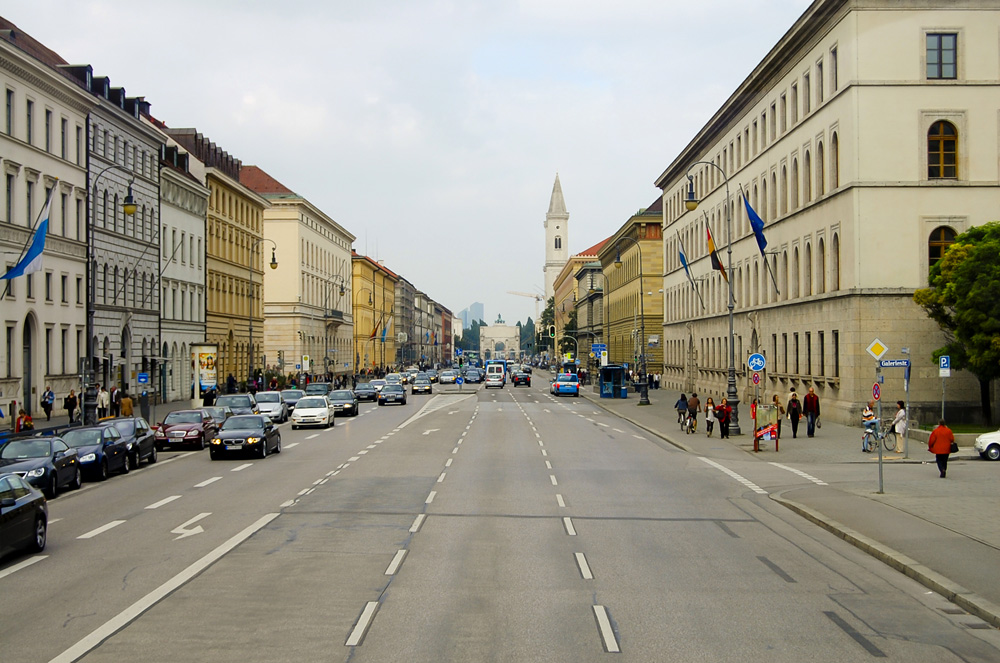
Frauenkirche (Cathedral of Our Dear Lady)
This is Munich’s principal church, the largest in the city, and one of largest Gothic buildings in southern Germany. It is a landmark built in the 15th century and one of the tallest buildings in Munich, being 100 metres/ 325 feet high. The church sustained severe bomb damage during WWII. The interior contains a larger-than-life-size figure of St. Christopher from 1520. In the chapel behind the high altar is the cathedral’s most interesting painting, The Protecting Cloak, a 1510 work showing the Virgin holding out her majestic robes to shelter all of mankind. The collection of tiny figures beneath the cloak includes everyone from the Pope to peasants.
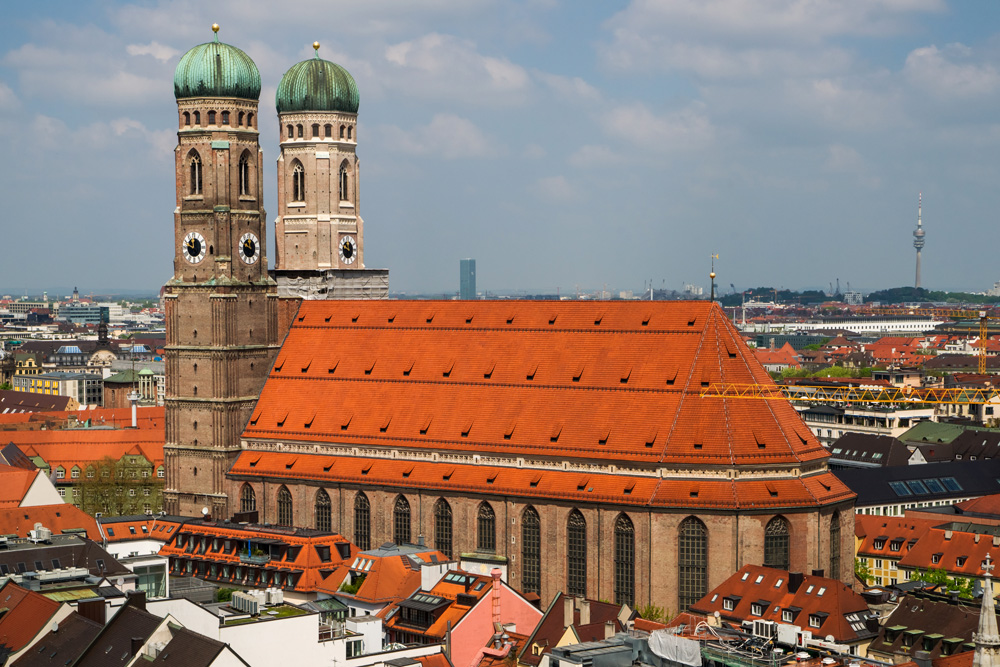
Theatinerkirche (Theatre Church)
Another distinctive church is the Theatre Church built in the 17th century. It was designed by Italian architects and is stunning. Because it was Italian-designed, everything about it seems to give off a Mediterranean appearance. It has a magnificent 70 metre/230 foot high dome. The interior is made almost entirely of white stucco which gives it a very bright appearance. In the interior are several sculptures and paintings. There are also a number of tombs which contain historical celebrities such as Charles VII, the Holy Roman Emperor. The exiled King Otto of Greece is also buried here.
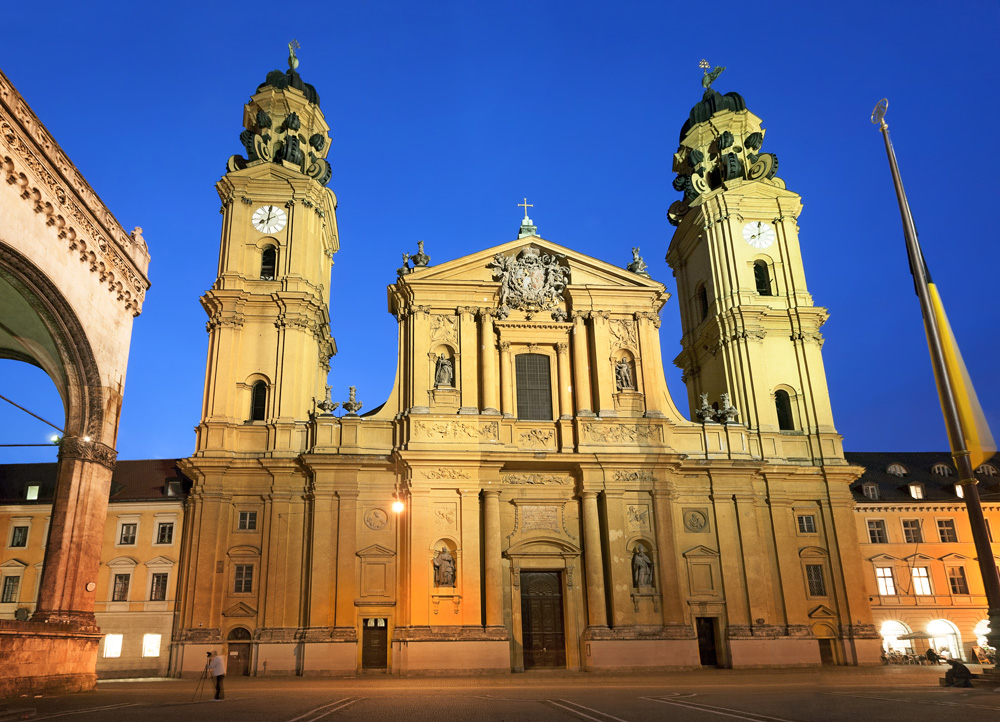
The Rezidenz
The Rezidenz is the former royal palace of the monarchs of Bavaria and the seat of government from 1508 to 1918. The palace itself was built in 1385 and is the largest city palace in Germany, made up of various architectural styles including Renaissance, Baroque, Rococo, and Neoclassical. It is probably Munich’s number one attraction on travel to Germany. The Residenz Museum occupies half of the palace and takes up 120 rooms where you can see a collection of European miniatures from the 16th century and collections of silver, ecclesiastical vestments and 18th Century porcelain. In the Treasury are the Crown Jewels of Bavaria. The rest of the palace complex contains state rooms and also a theatre and concert hall. The palace has a beautiful garden, the Munich Court Garden which has a pavillion designed in 1615. Allow plenty of time if this venue is of interest as it has a vast amount of treasures to experience.
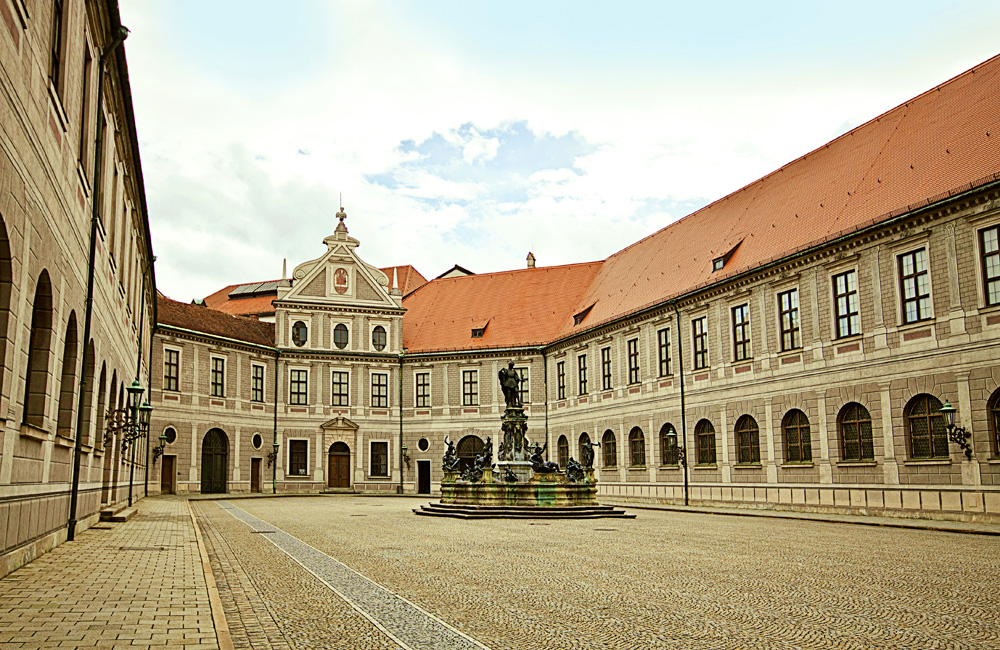
Nymphenburg Palace
The Nymphenburg Palace was the main summer residence of the former rulers of Bavaria. It is an imposing palace on the lines of Versailles in Paris or Schonbrunn in Vienna, with ornate and landscaped gardens. The main palace building consists of a large villa and two wings with lavish period rooms including the former apartments of Queen Caroline (1776-1841). There are a large number of portraits of members of the royal families. Also in the main building is the Marstallmuseum with its collection of royal coaches and riding gear. These include the fairytale–like sleigh fitted with oil lamps of the Mad Ludwig II (1845-1886). The palace also contains the world’s largest collection of porcelain made by the famous Nymphenburger Manufaktur Company. The gardens behind the Nymphenburg Palace are laid out like an English garden with a lake, fountain, and small hunting lodge.
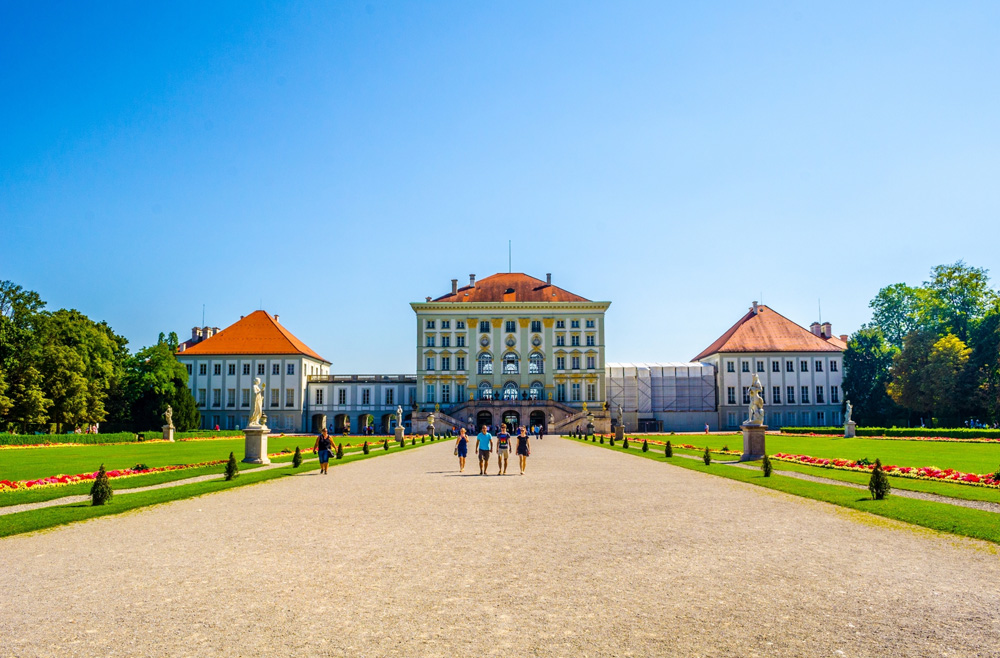
The English Garden (Englischer Garten)
I am a sucker for urban parks. Almost every major European city has one. The one in Munich is exceptional. This huge centrally located park was the first public park established in Europe and is one of the world’s largest urban parks (larger than New York’s Central Park). The English Garden was created by an American-born Englishman who lived in Bavaria, hence the name. At one time, it was a royal hunting ground but became a public park in 1792. Within the park are landscaped gardens but also parts which have been left to grow freely, and paths which meander all over. There are lakes and ponds as well as a beer garden (well this is Munich) and sculptures. There is also a Japanese Teahouse created in 1972 for the Summer Olympic Games held in Munich. There is an Apollo Temple which stands on a tree-covered hilltop and a 5-storey Chinese tower created in 1780. On a nice day, nothing beats this park for recouping one’s energy and inspiration.
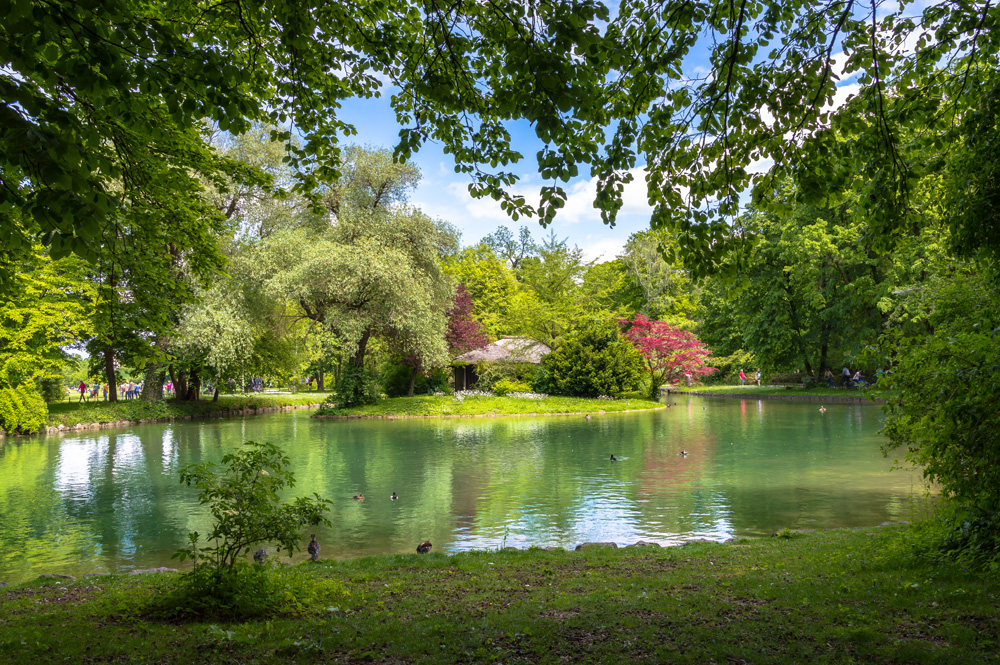
Westpark
If you want more park, head to the Westpark, another large urban public park. It is again huge, extending 2.6 kilometres/1.6 miles in length. It contains a rose garden with over 20,000 roses and 500 different rose species, a lake with an open-air movie theatre, a Chinese garden, a Japanese garden, a Nepalese pagoda, and statue of Buddha. If thirsty, there are also two beer gardens.
The Hofbrauhaus
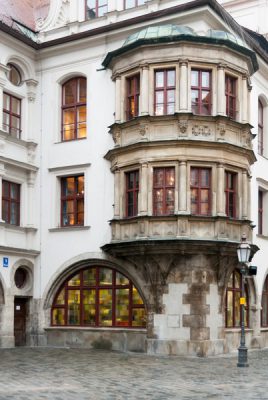
Munich is famous for its annual Oktoberfest Beer Festival. During that time, the most popular venue on trips to Germany is the Hofbrauhaus, originally built in 1589. If attending the beer festival, you get to share a table with locals while listening to a traditional Bavarian band wearing lederhosen, and being served beer in huge glasses by servers in traditional Bavarian costumes. I understand that Wolfgang Amadeus Mozart, Vladimir Lenin, Louis Armstrong, Mikhail Gorbachev, John F. Kennedy, and George H. W. Bush all frequented the beer hall. The beer must be good, wouldn’t you think?
Related Article:
Where to Find Europe’s Best Beer
And then there are Cultural Pursuits….
On a Germany vacation, you will find that Munich is blessed with lots of excellent museums and art galleries. Let’s start with the Alte Pinakothek (Old Pinakothek), one of the oldest art galleries in the world. It contains one of the best collections of “Old Masters,” from the 14th century to the 18th century, especially its collection of early Italian, Old German, Old Dutch, and Flemish paintings. The museum building was severely damaged in World War II but was reconstructed and reopened in 1957.
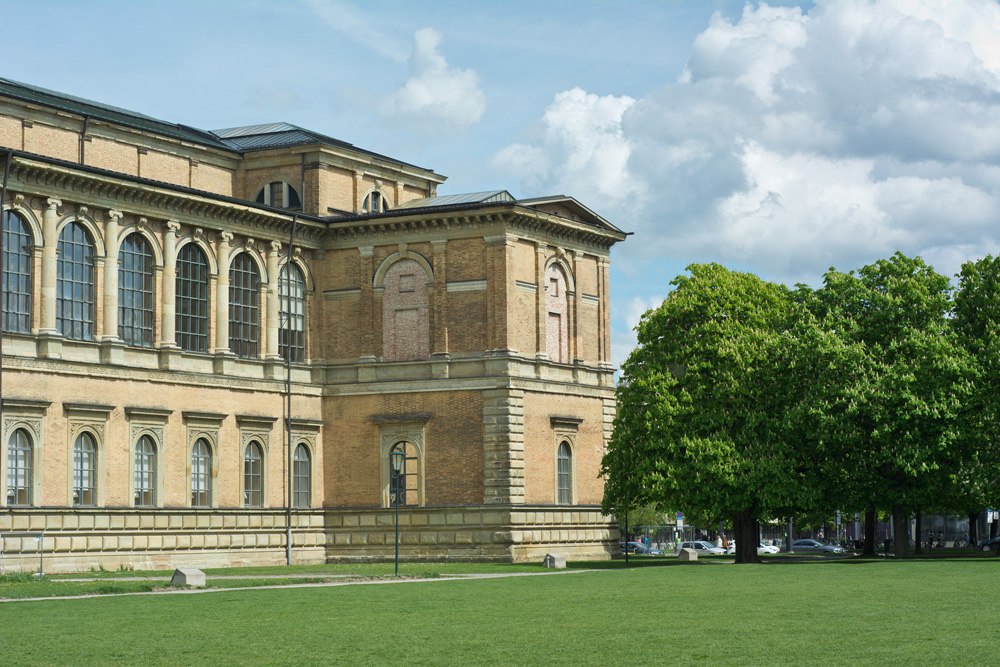
The Neue Pinakothek (New Pinakothek) art gallery focuses on European Art from the 18th and 19th centuries and is one of the most important museums of art of that period in the world, ranging from Classic style to Art Nouveau. Some of the artists to be viewed here include Goya, Gainsborough, Hogarth, Constable, Reynolds, Turner, Millet, De La Croix, and almost all the well-known French Impressionists.
Moving right along in artistic time, the Pinakothek der Moderne (Pinakothek of the Modern) is one of the world’s largest museums showcasing modern and contemporary art. Works exhibited here are by artists such as Matisse, Leger, Miro, Magritte, Dali, Bacon, Braque, Ernst, Klee, Warhol, Hockney, Kandinsky, and on and on.
The Glyptothek Museum houses a collection of Greek and Roman sculptures amassed by King Ludwig I of Bavaria (1786-1868). They range in time from 650 BC to 550 AD. There is a large collection of Roman busts; among the most famous ones are the busts of the Emperors Augustus, Nero, Septimius, and Severus.
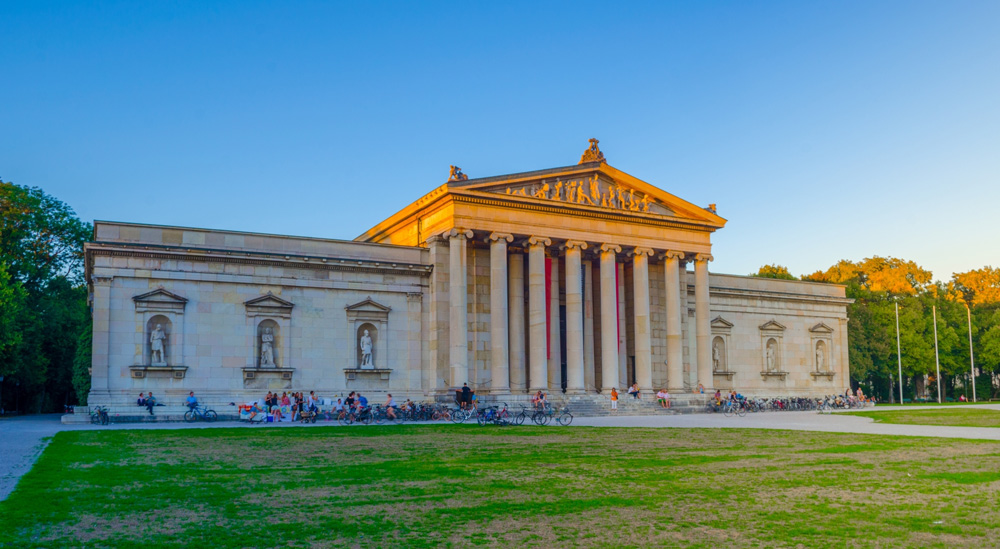
So, you cannot say, if an art aficionado on a Germany vacation, that there is not enough choice in Munich. Now let’s look at some other kinds of museums.
The Deutsches Museum has exhibits of over 100,000 objects from the fields of Science and Technology, making it one of the most important museums of Science and Technology anywhere in the world. The collections are not restricted to any specialized range of topics as they include objects from mining to atomic physics and extend from the Stone Age to the present. Among the outstanding exhibits are the first motorized aircraft built by the Wright brothers, a U1 submarine, the first programme-controlled computer, Diesel’s original engine, the first car by Karl Benz of Mercedes Benz fame, and a Douglas DC3.
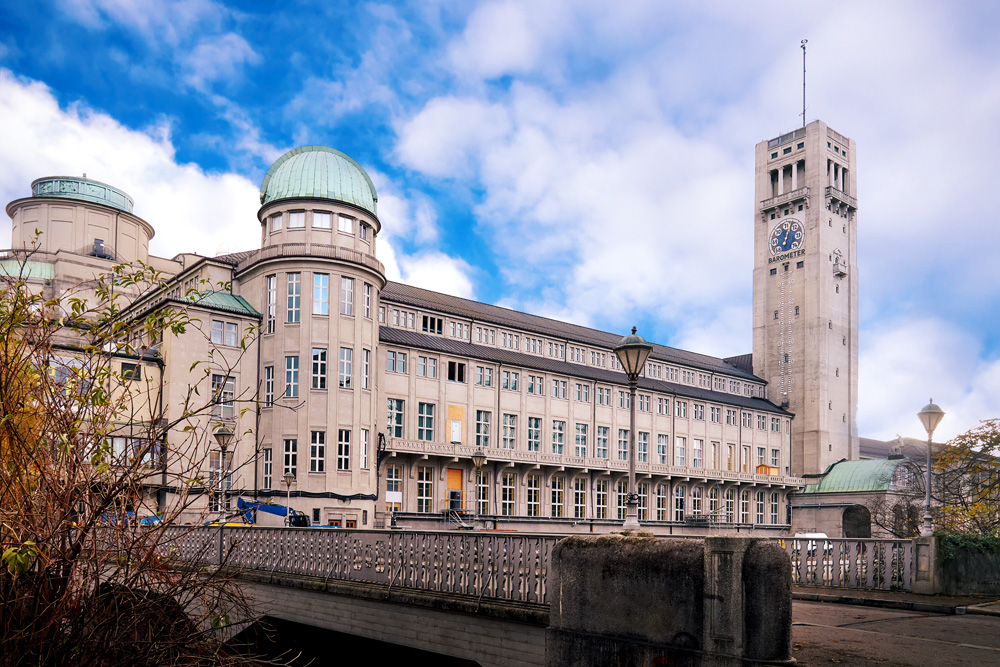
While on the subject of cars, the BMW Museum showcases BMW’s technical development and company history. On display are not only cars but engines, motorcycles, and much more. The emphasis is, according to the museum, on “technical development and the benefits of modernity.”
The Botanical Garden
Moving away from art institutions, why not have a change of pace at the Botanical Garden. This is a large botanical garden with over 14,000 species of plants. In the garden’s 15 greenhouses, you can enjoy tropical forests, orchids, cacti, desert plants, water plants and, I gather, meat-eating plants. There is a Rose Garden with a Tea House and an Alpine Garden complete with plants that grow in the mountains above the tree line.

The Viktualienmarkt
Always looking for the unusual, I discovered the Viktualienmarkt which is a lively daily food market aimed at gourmet food lovers. It has 140 stalls offering flowers, exotic fruit, game, poultry, fish, cheese, spices, herbs, and more. There is also a beer garden (after all, this is Munich), restaurants, cafes, and bakeries.
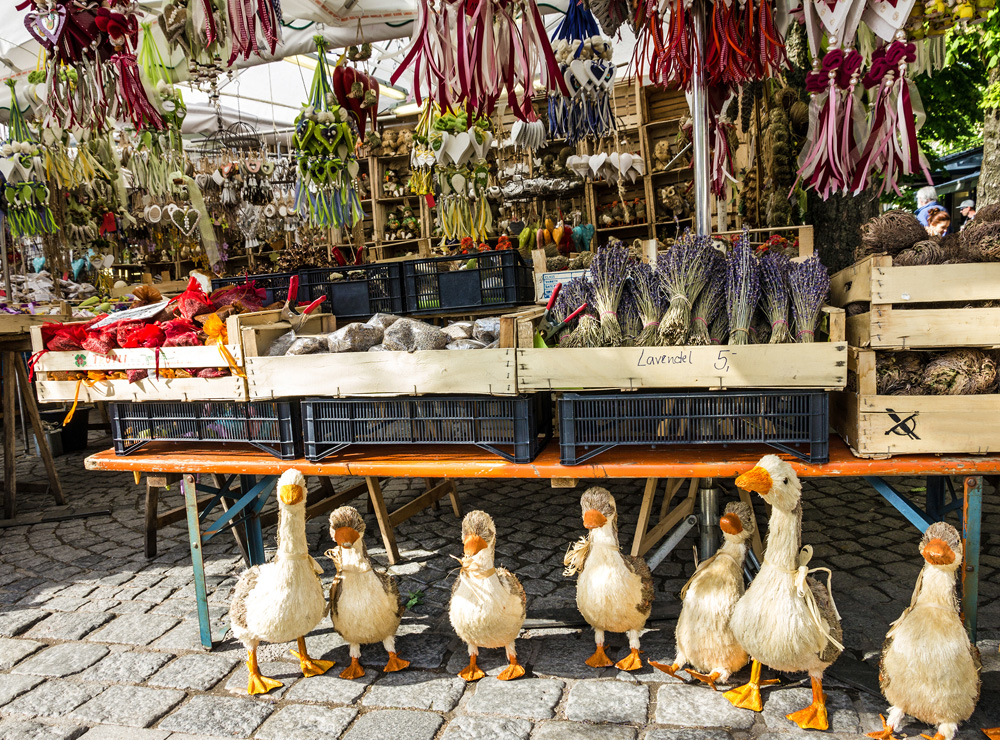
Somehow, the above barely scrapes the surface of what Munich is all about so, I suppose, the only way to find out more is to visit this wonderful Bavarian treasure on a Germany vacation.
Get more travel inspiration by email.
Subscribe
0 Comments

Get the latest travel trends & hear about the best deals on vacations around the world.
If you’re a Globetrotter, these are the newsletters for you!



